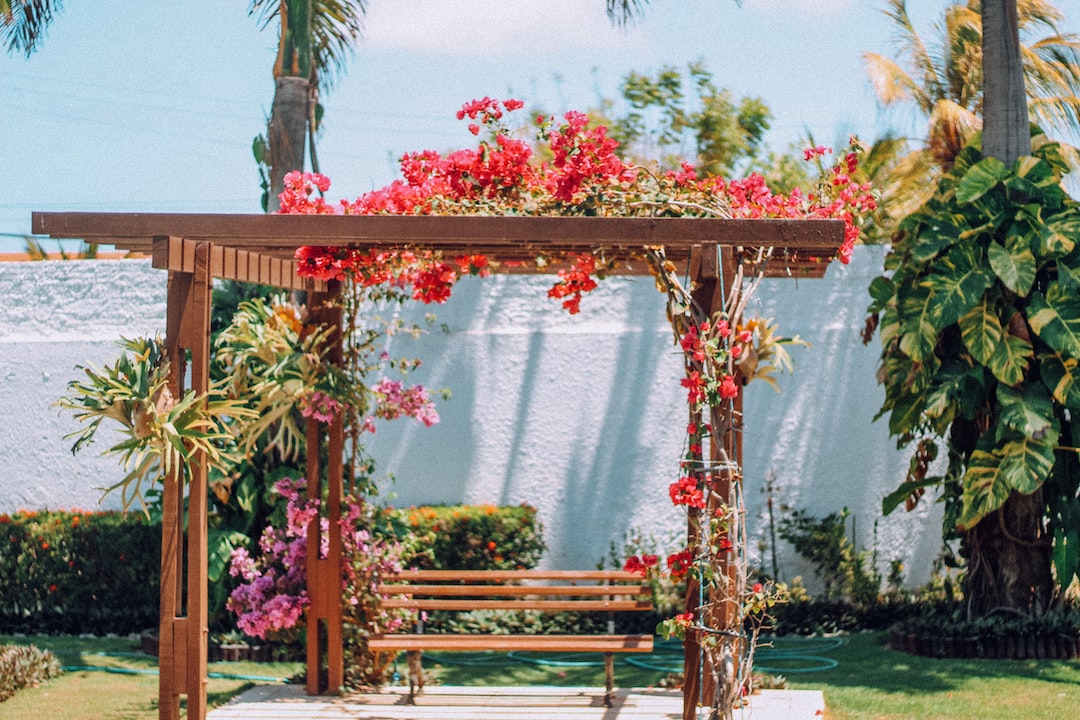Tips for Growing a Beautiful Rose Garden
Roses, often referred to as the queen of flowers, have captivated humans with their beauty and fragrance for centuries. Growing a stunning rose garden is a dream for many gardeners, but it requires proper care and attention. If you’re looking to create your own rose paradise, here are some tips to help you get started:
1. Choose the right location: Roses thrive in areas that receive at least six hours of direct sunlight each day. However, in hot climates, they may benefit from some afternoon shade to prevent scorching. Additionally, ensure that the soil is well-drained and rich in organic matter. Roses appreciate slightly acidic soil with a pH range of 6 to 6.5.
2. Select the right rose varieties: When choosing roses for your garden, consider the climate and your personal preferences. There are various types of roses to choose from, including hybrid teas, floribundas, climbers, shrubs, and miniature roses. Each type has its unique growth habit, flower form, and care requirements. Research different varieties and select the ones that suit your garden’s conditions and aesthetic preferences.
3. Start with high-quality roses: To ensure a healthy and beautiful rose garden, always start with high-quality plants. Purchase roses from reliable nurseries or garden centers that specialize in roses. Look for plants with sturdy canes and healthy leaves. Avoid buying roses with black spots or signs of disease.
4. Planting and spacing: Roses should be planted in early spring or fall, when the weather is mild. Dig a hole wide enough and deep enough to accommodate the roots of the rose bush. Place the rose bush in the hole, making sure the bud union (the swollen part where the rose is grafted onto the rootstock) is level with the soil surface. Gently backfill the hole while ensuring the soil is well-packed around the roots. Proper spacing between the rose bushes is essential for good air circulation and to prevent the spread of diseases. Hybrid teas and floribundas generally need 2-3 feet of space, while climbers and shrubs require more room.
5. Watering: Roses require consistent watering, especially during their growing season. Deep watering once or twice a week is better than frequent shallow watering. Aim to water the plants at their base to prevent leaf diseases. Avoid overhead watering, especially in the evening, as wet foliage promotes the development of fungal diseases. Consider using soaker hoses or drip irrigation for efficient and targeted watering.
6. Feeding and fertilizing: Roses are heavy feeders and benefit from regular fertilization. Apply a balanced rose fertilizer according to the package instructions. Organic options such as compost, aged manure, or bone meal are also beneficial. Feed your roses monthly during the growing season, but avoid fertilizing in late summer to help them prepare for dormancy.
7. Pruning: Pruning is essential for maintaining the shape, health, and vigor of your rose plants. The timing and severity of pruning depend on the type of rose you’re growing. Generally, roses should be pruned in early spring, just before they start budding. Remove dead or weak canes, crossing branches, and any diseased or damaged wood. Prune to an outward-facing bud to encourage good airflow and prevent the growth of inward-facing branches.
8. Pest and disease control: Roses are susceptible to various pests and diseases, such as aphids, black spot, powdery mildew, and rust. Regularly inspect your plants for signs of infestation or disease. Remove and destroy any infected or infested plant material. Consider using organic pest control methods, such as companion planting, beneficial insects, neem oil, or insecticidal soaps, to minimize the use of chemicals.
Growing a beautiful rose garden requires patience, dedication, and a bit of trial and error. But with the right care and attention, you can create a breathtaking display of nature’s most beloved flower. Follow these tips, and soon you’ll be enjoying the captivating beauty and fragrance of your very own rose paradise.

